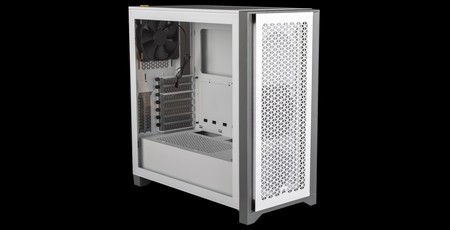
Interior
Both side panels have captive thumbscrews and a mounting mechanism that seeks to replicate hinged designs. The front edge of each panel has notches that slot into aligned holes that will hold the panels in place like a door as you close it. It’s a design we’ve not seen before and works well enough – not as secure as proper hinges, but that’s forgivable at the price, and it’s without a doubt better than traditional notches and rails along the top and bottom edges.
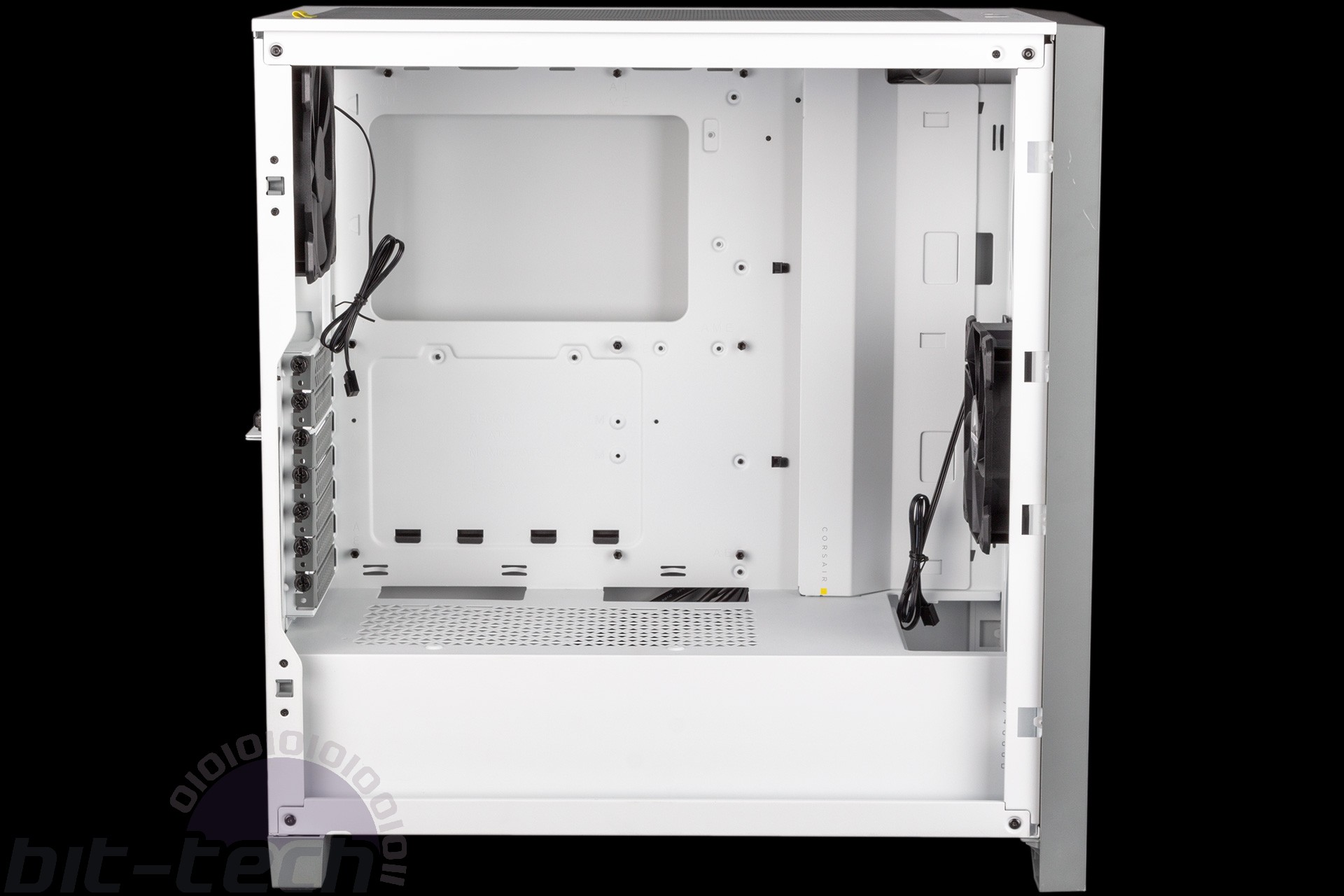
Once inside, you’ll find a typical mid-tower arrangement with a fixed and ventilated PSU shroud that has a front cutaway to make way for radiators. The motherboard tray doesn’t extend all the way to the front; instead, there is a separate cable management bracket angled to create space for cables while hiding them from view and avoiding the need for grommet-covered holes. This bracket can be easily shifted further forwards to make way for wider motherboards, with 277mm being the limit of the case for this.
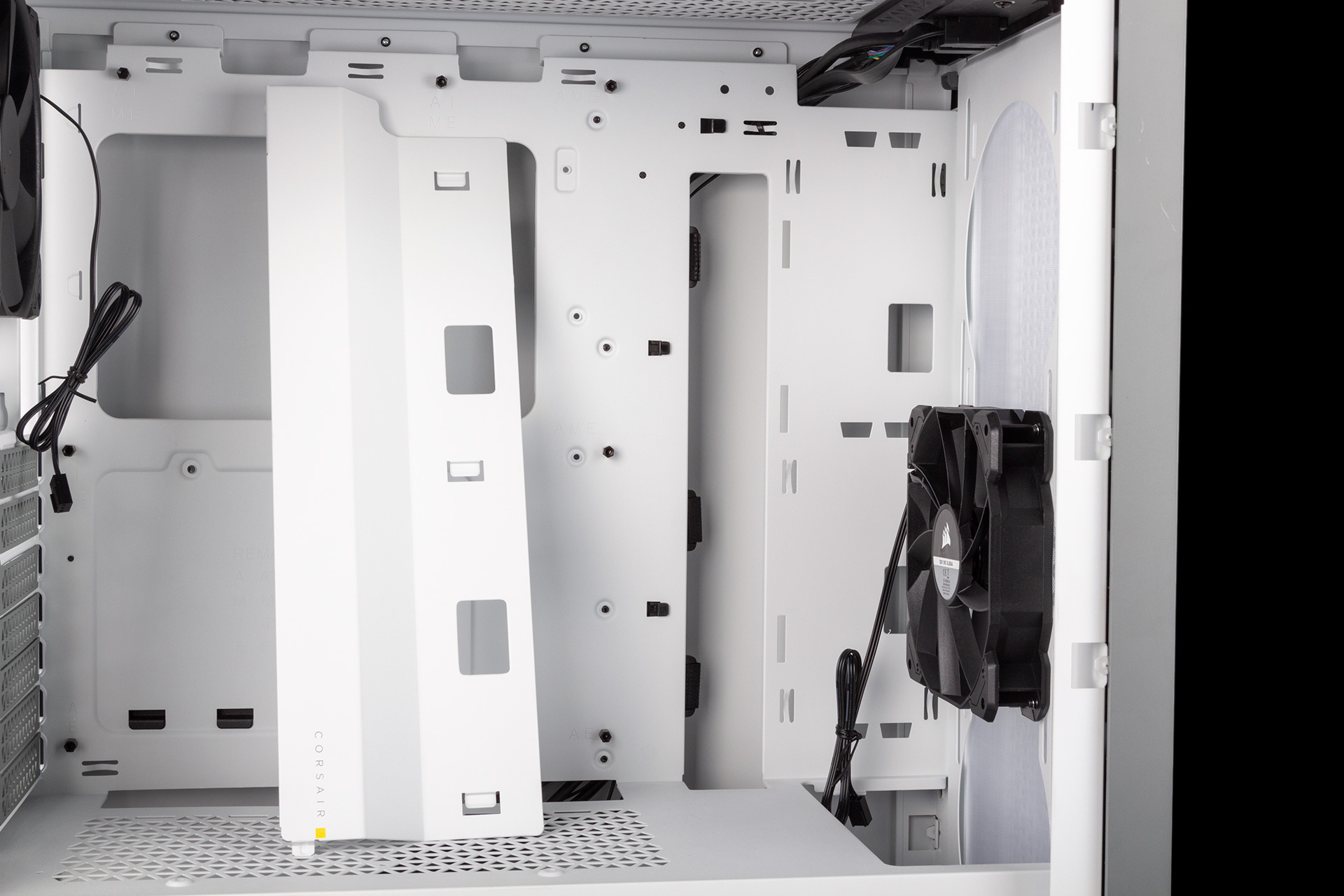
Motherboard mounts are pre-installed and include a longer central one to hold the board in place initially. The expansion slot covers utilise thumbscrews too, and vertical slots also mean GPUs can be installed this way if desired. The airflow will probably be massively hampered by the side panel, and you’ll need to buy a riser cable and mount separately, but it’s a possibility at least. CPU coolers and GPUs are limited to 170mm tall and 360mm long, respectively.

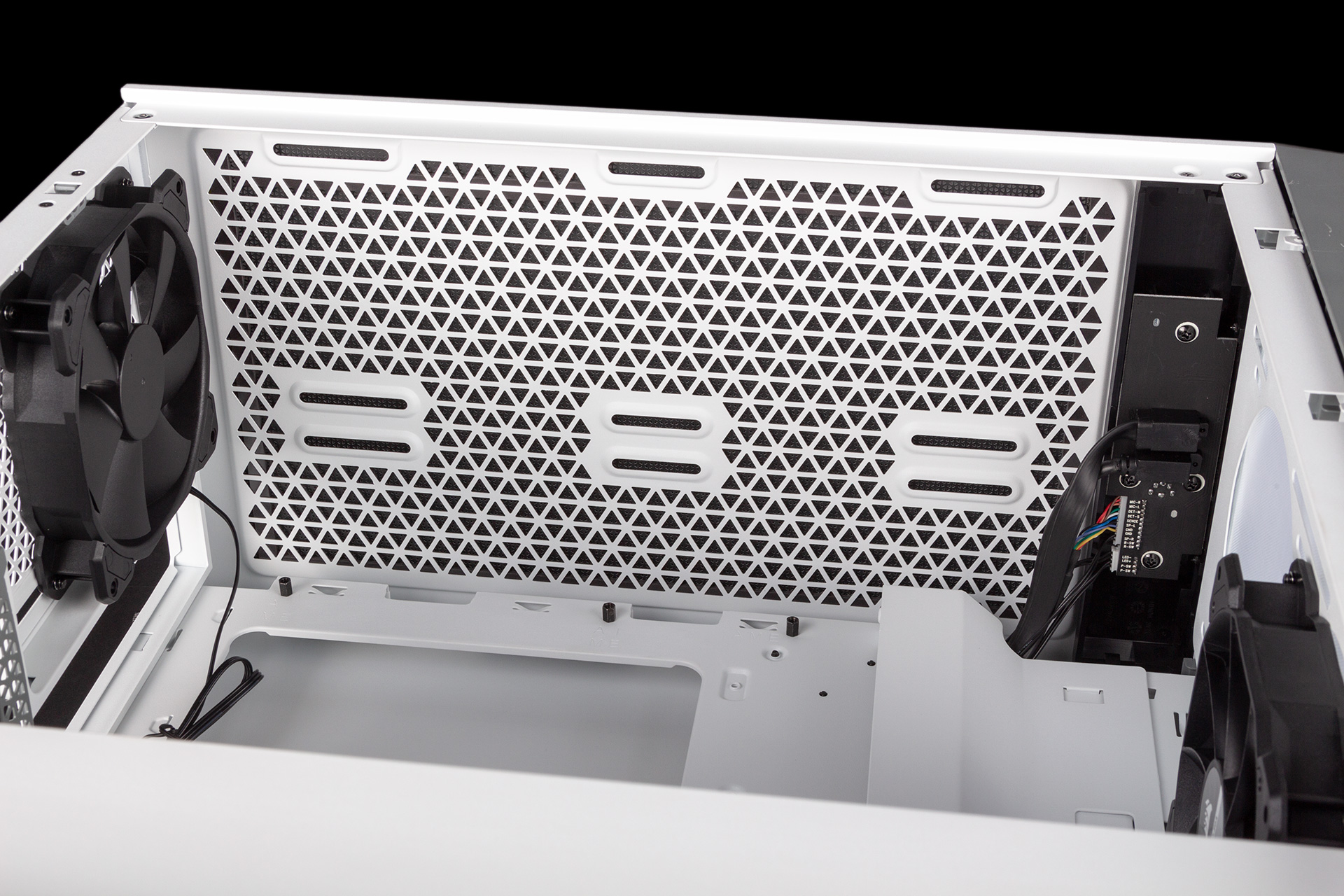
Up front, there’s around 65mm of room in total for radiators and fans, with both 360mm and 280mm models supported. The roof offers support for 240mm and 280mm models in offset mounts, but anyone using the latter will need to make sure they’re using low-profile memory modules. Corsair says its Vengeance LPX DIMMS will be fine, so any that are the same height or less also will be. There are no dedicated mounting spots for pumps or reservoirs, but that’s not an especially relevant consideration for this class of case.
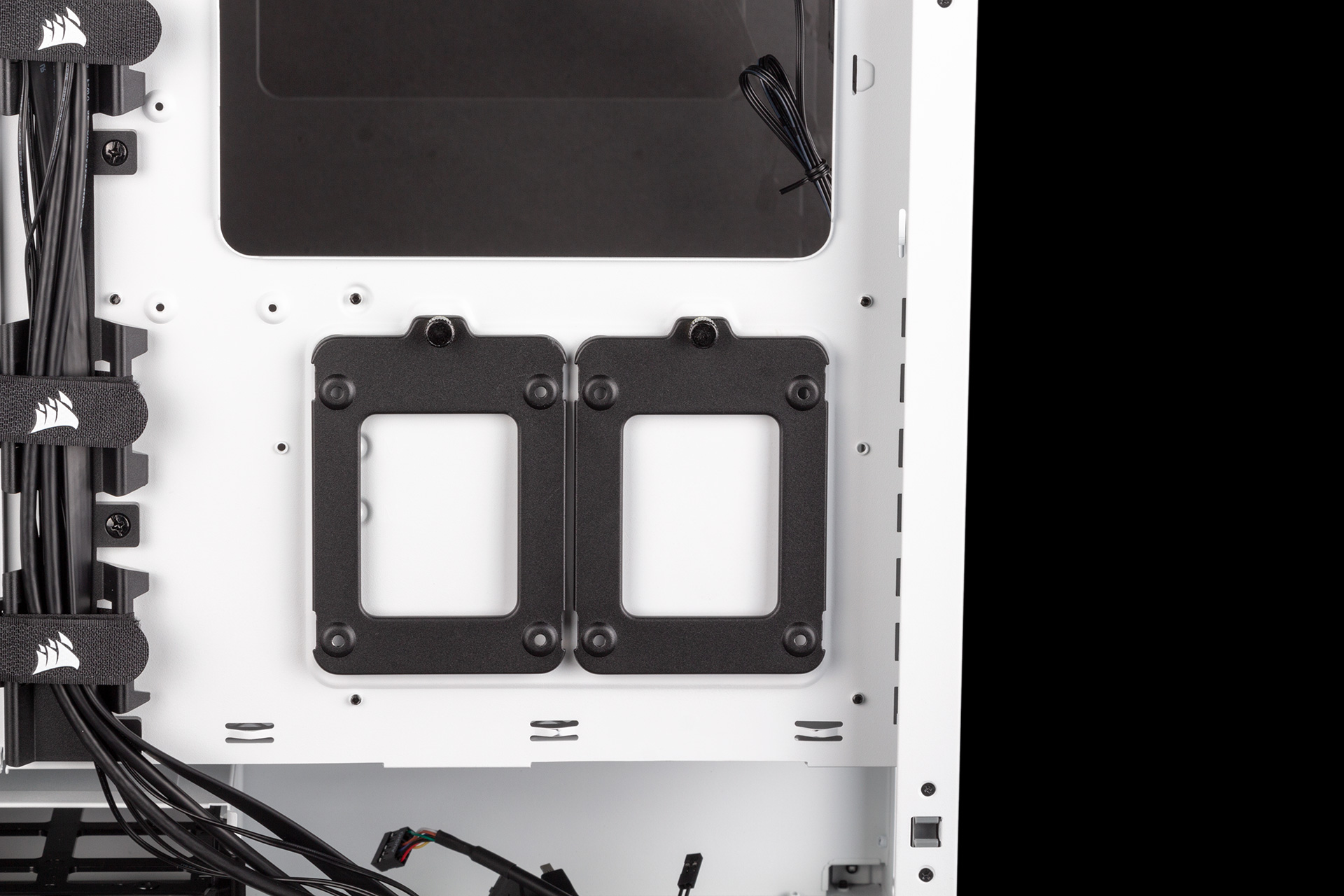
For storage, users can install two 2.5” SSDs on the dedicated mounting trays secured to the back of the motherboard tray. Made of metal and independently removable using captive thumbscrews, their design is hard to fault, and they can also be moved to sit atop the PSU shroud if you prefer to show your SSDs off.
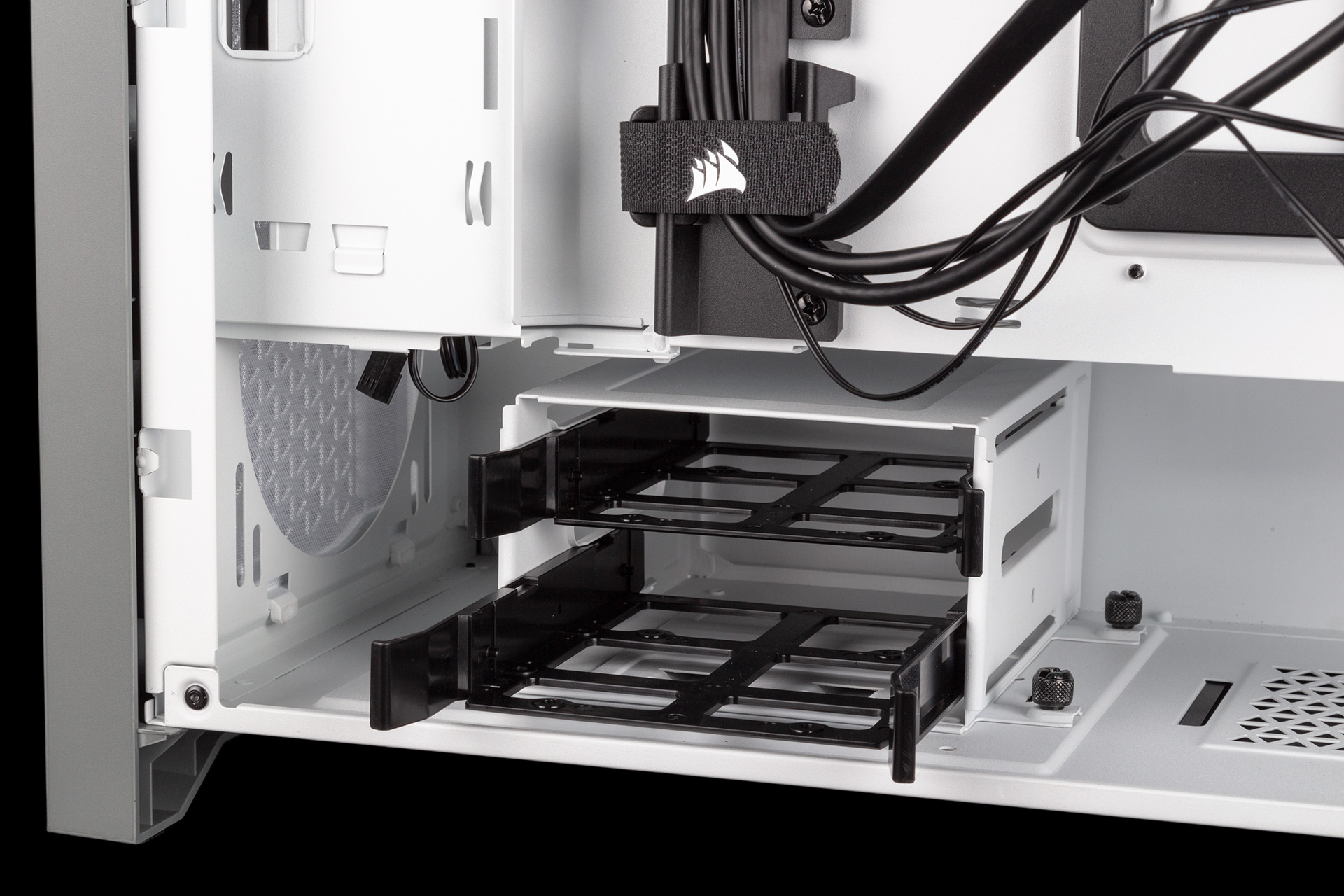
Additionally, there is a two-bay HDD cage beneath the PSU shroud that accepts both 3.5” and 2.5” drives on its plastic sleds. These are tool-free for larger drives, locking them in with little pins, while 2.5” drives will need screws, and no attempt has been made to quell drive vibration noise with washers or rubber dampening material. The entire cage can also be shifted forward to maximise space for the PSU and its cables, or you can remove it altogether. The thumbscrews on our sample were overtight, however, and their position makes this annoying to remedy (we had to use pliers).
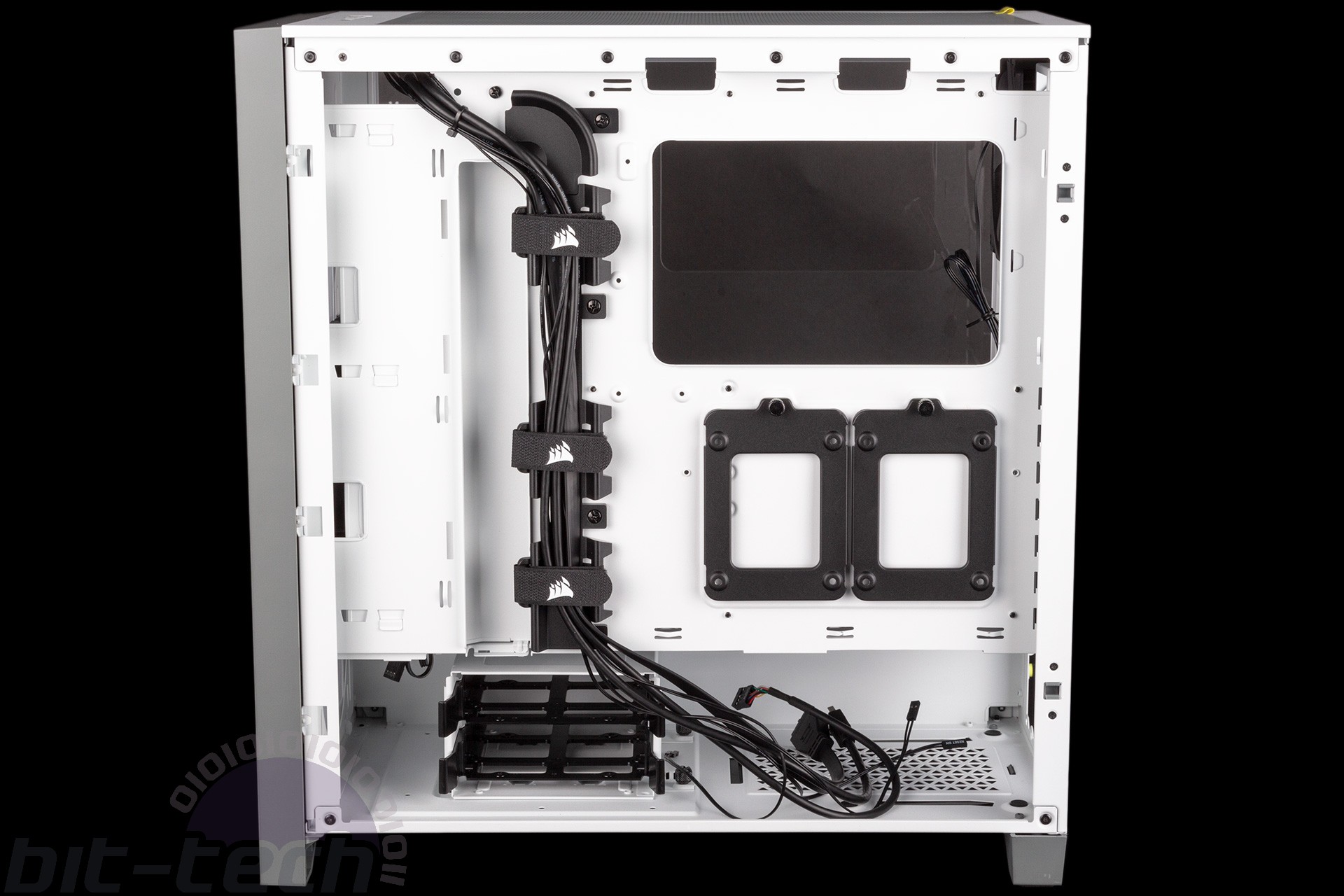
By default, the PSU length limit is 180mm, and it has small foam pads to rest on. We’d prefer to see thicker pads made of rubber, but it’s better than nothing.
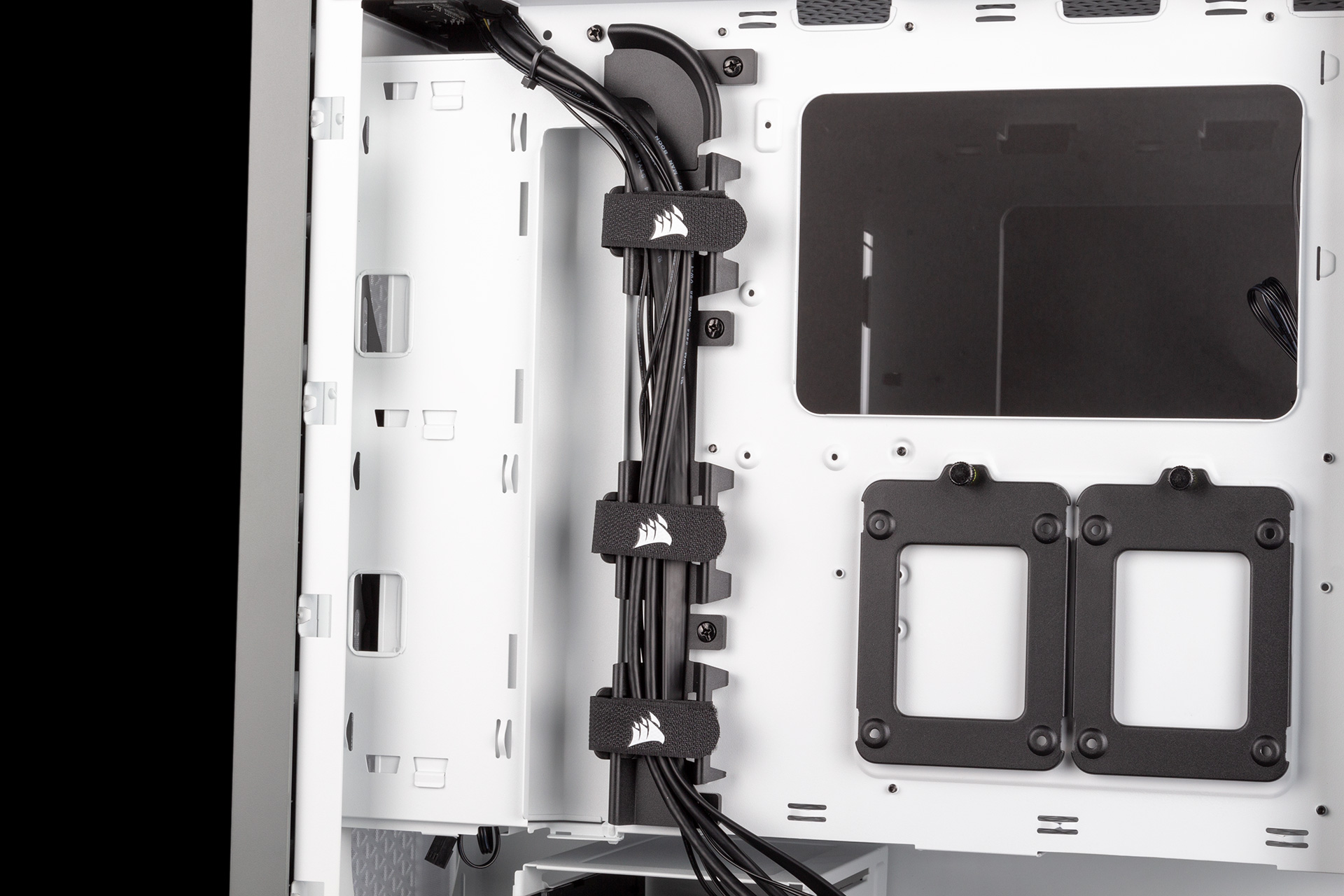
For cable routing, Corsair has a feature called RapidRoute comprising the aforementioned metal cable management bar that can shift forward for wider motherboards as well as multiple plastic routing fixtures and three Velcro cable ties. It’s a decent combination overall, and the presence of holes both above and below the motherboard ensures cables won’t have much length on display through the window regardless of where the connector is. You also get an adequate amount of zip ties, hooks to use them on, and a few extra Velcro straps as well.

MSI MPG Velox 100R Chassis Review
October 14 2021 | 15:04

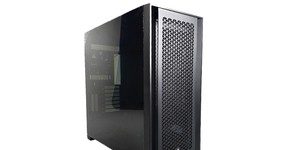
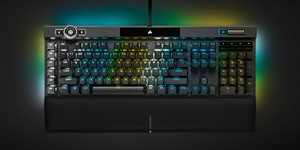





Want to comment? Please log in.